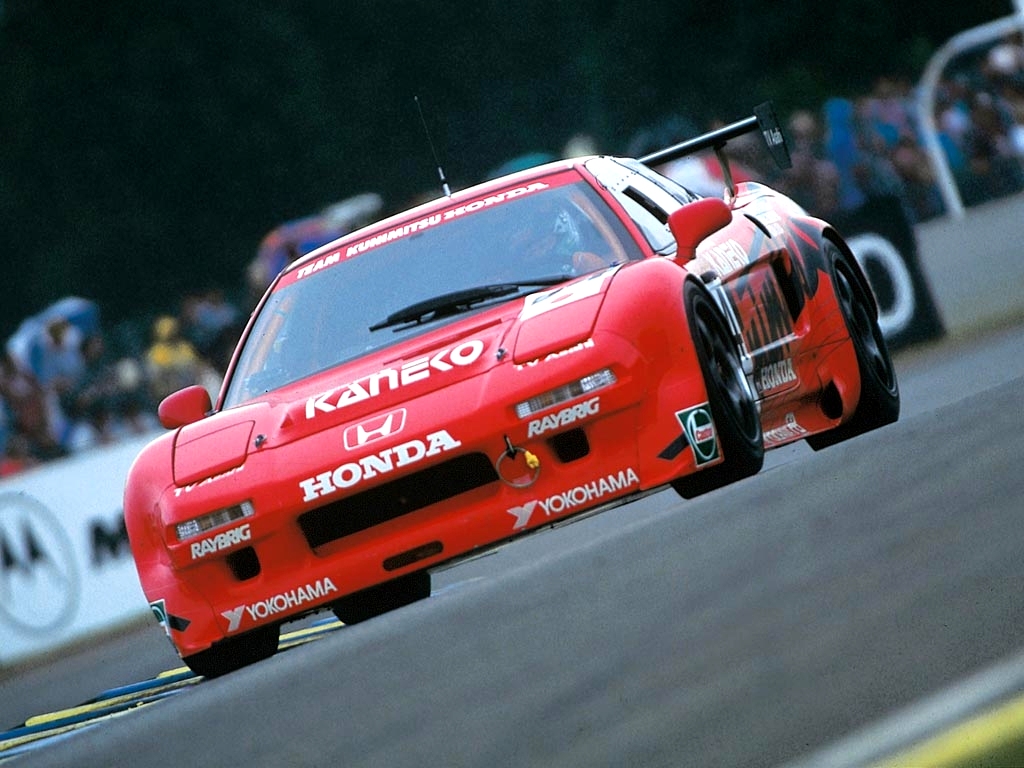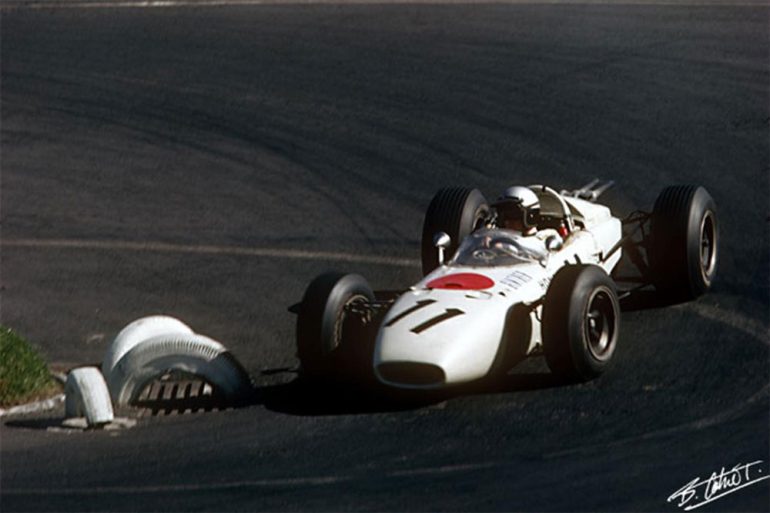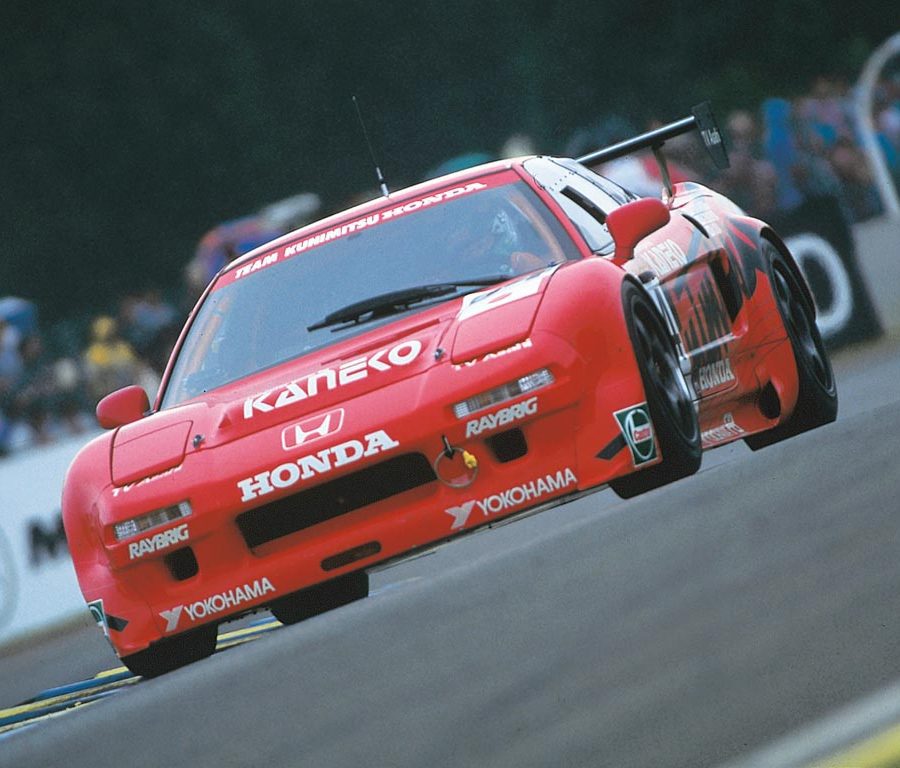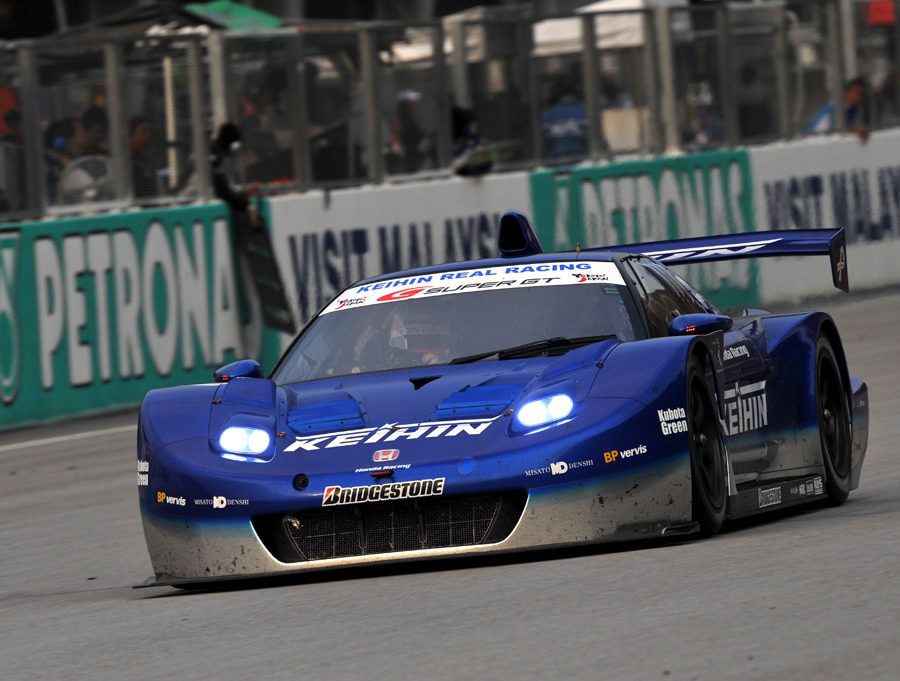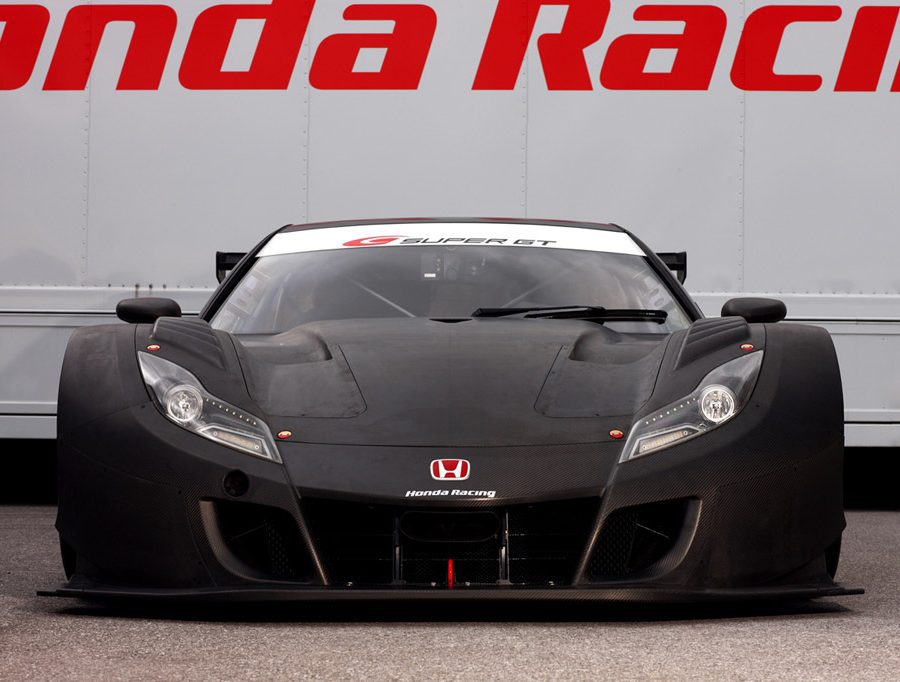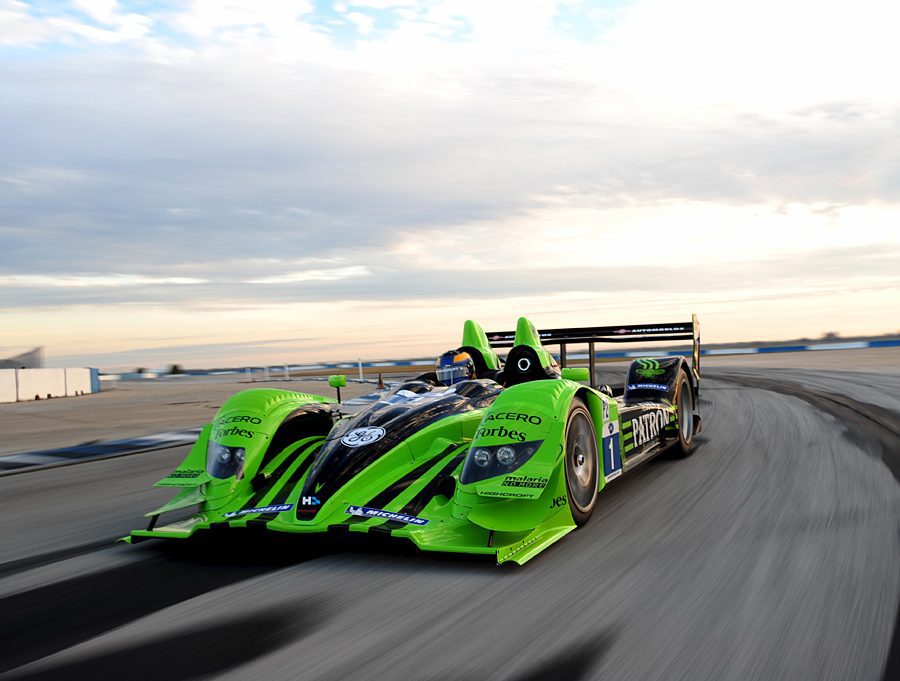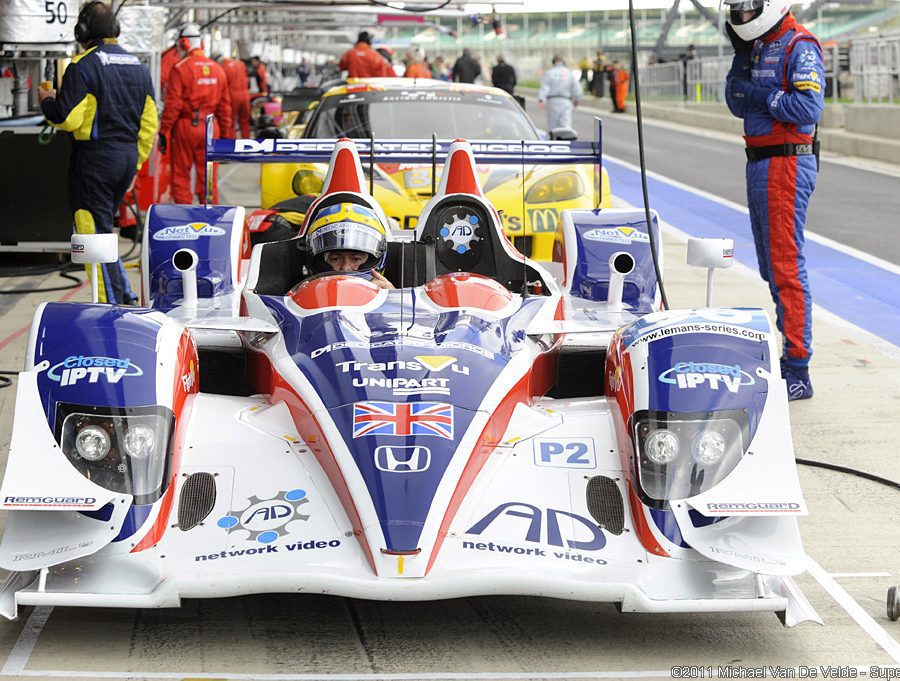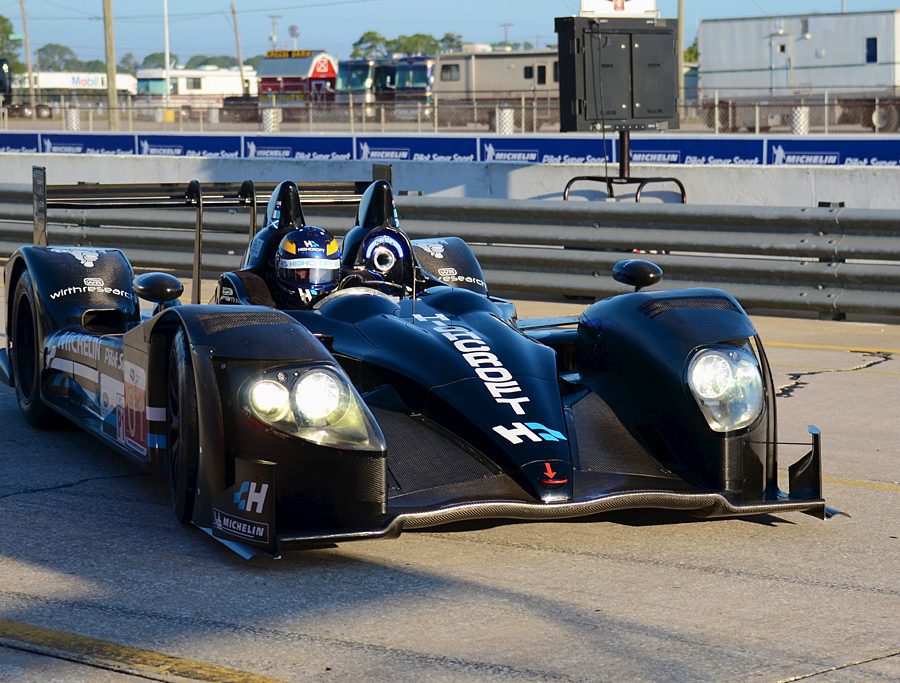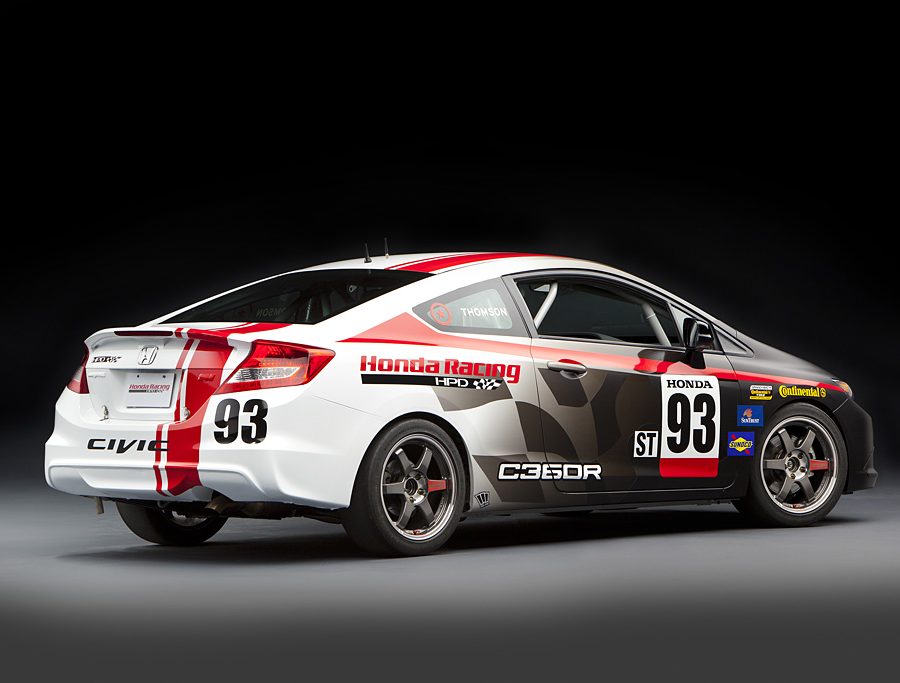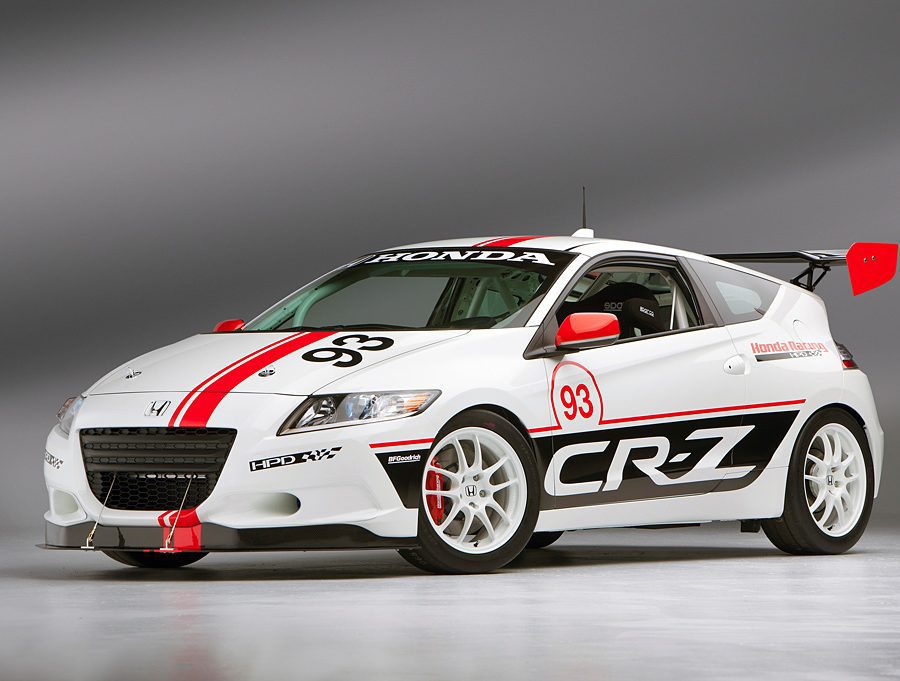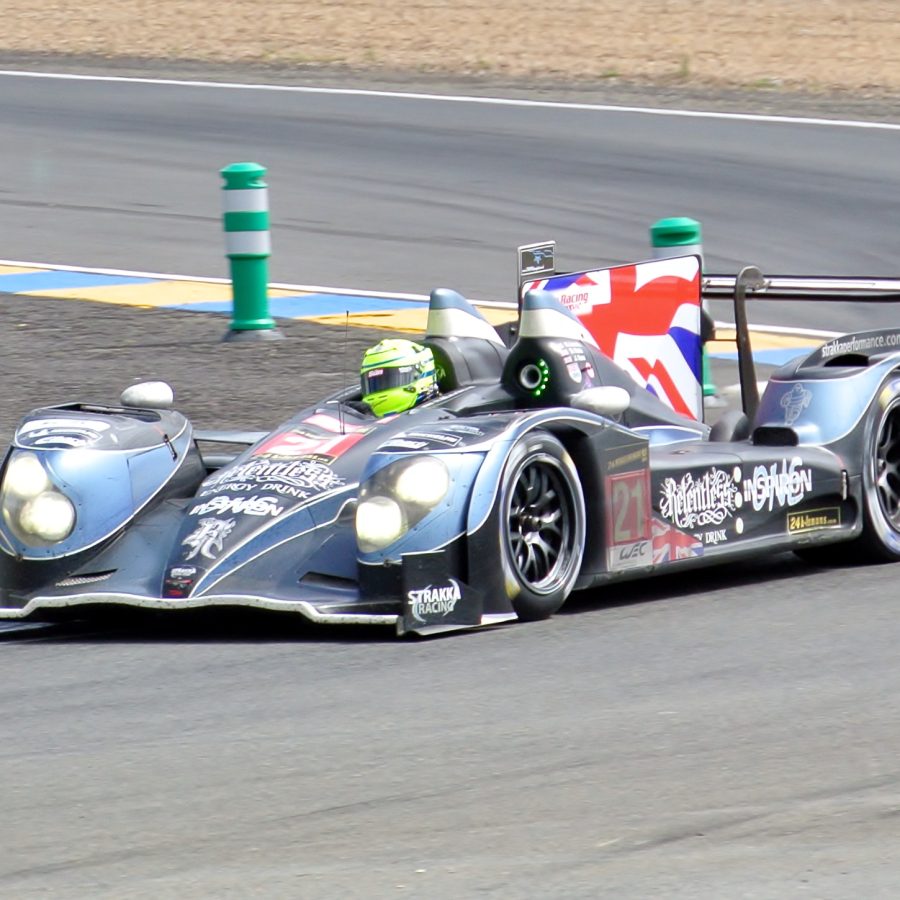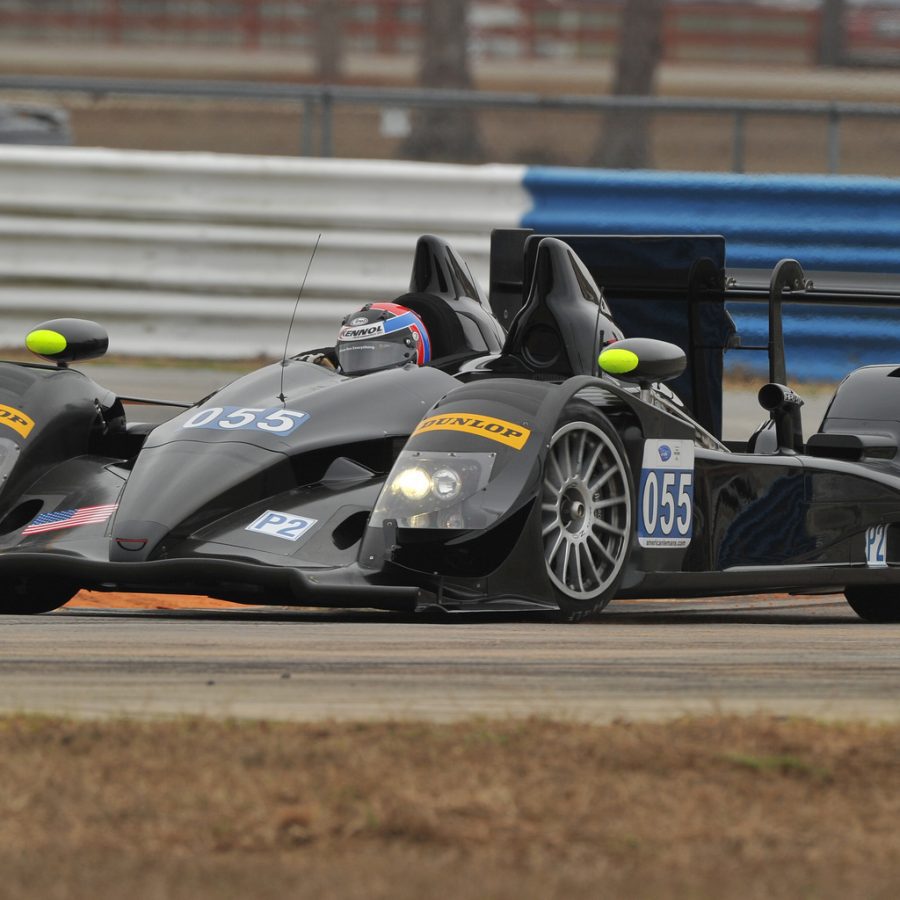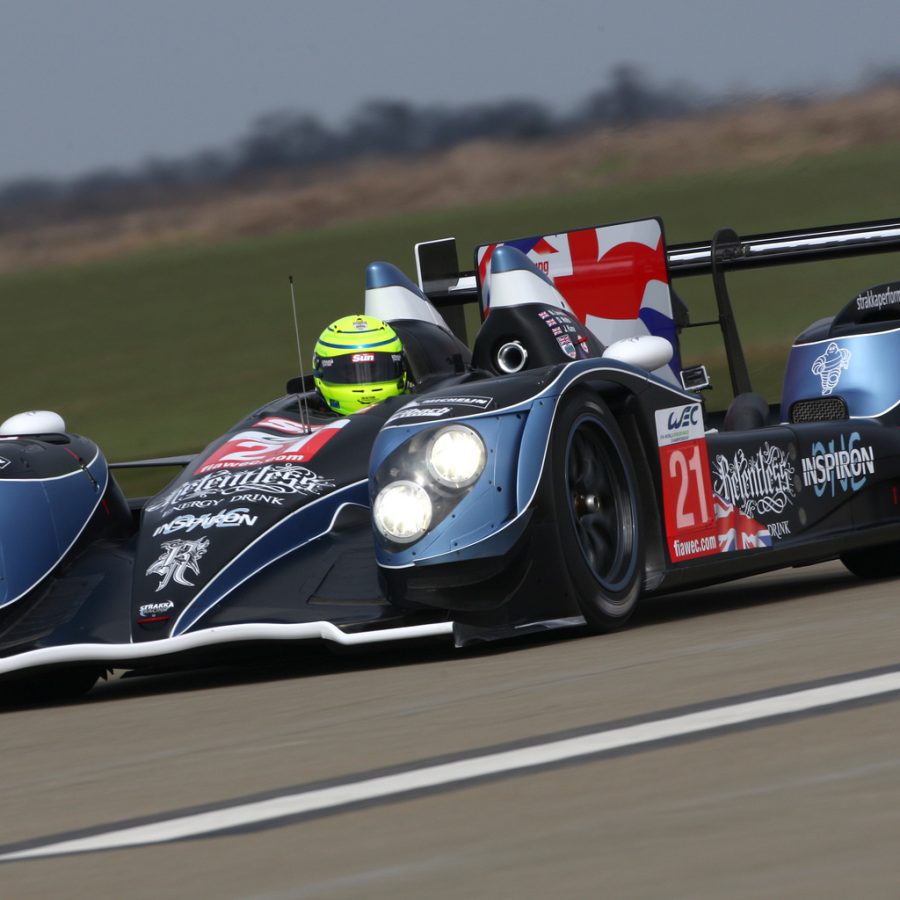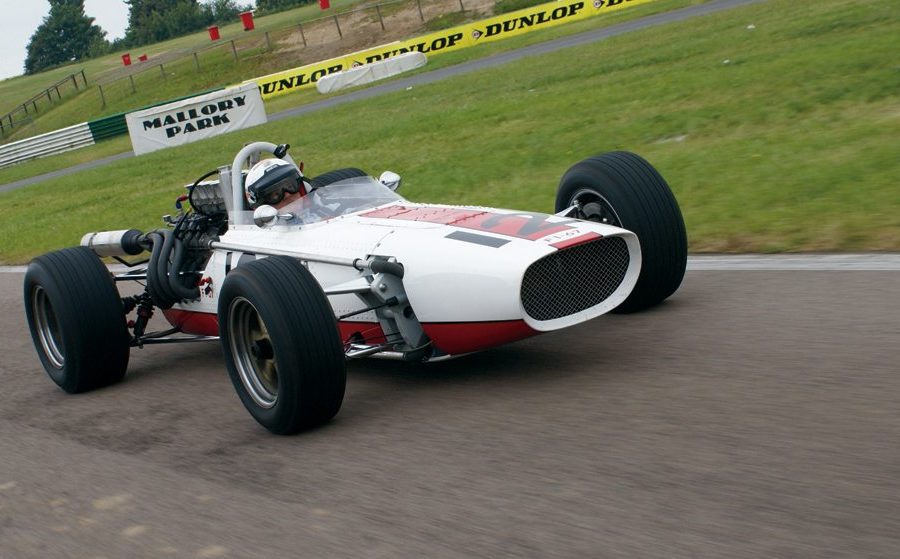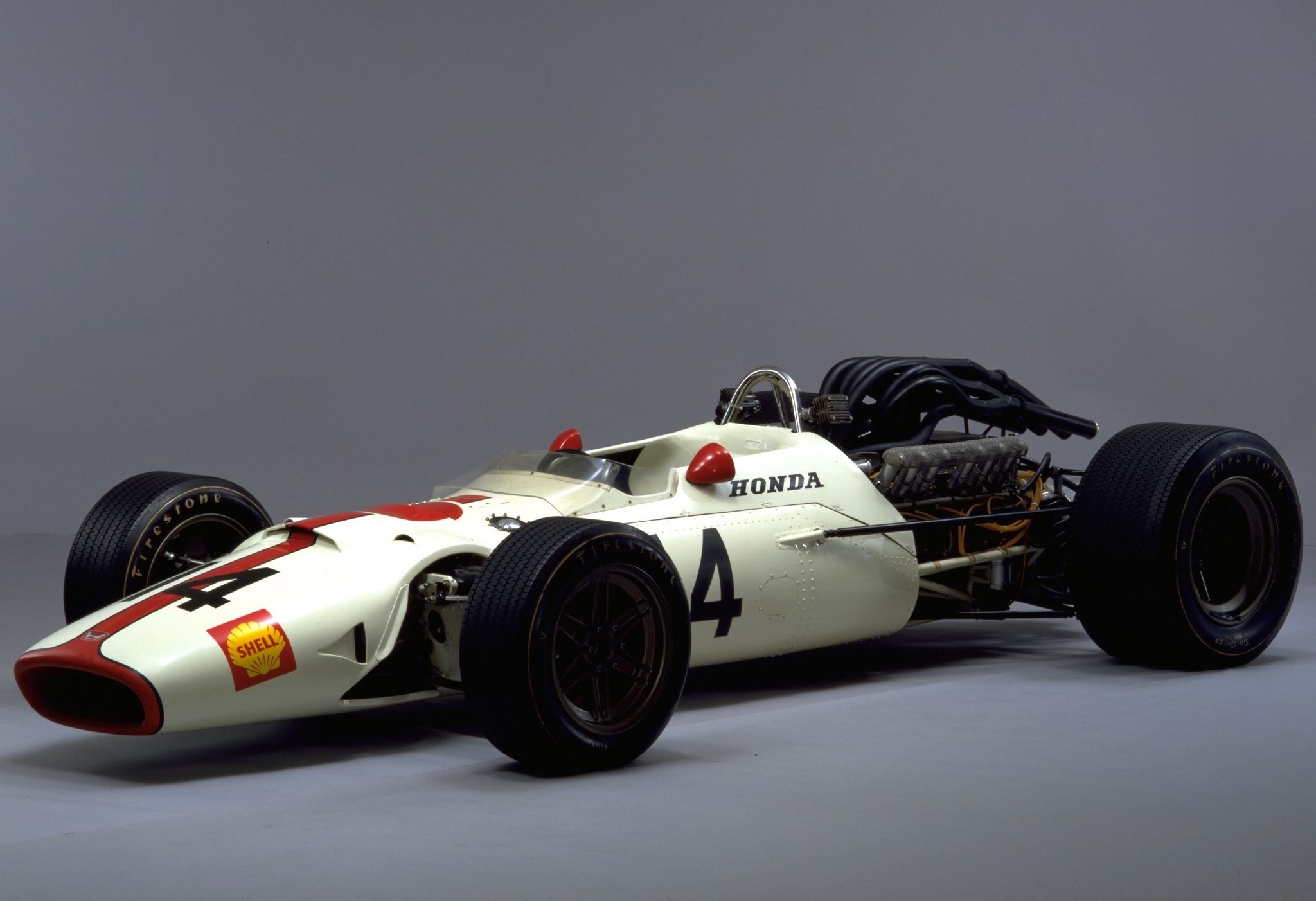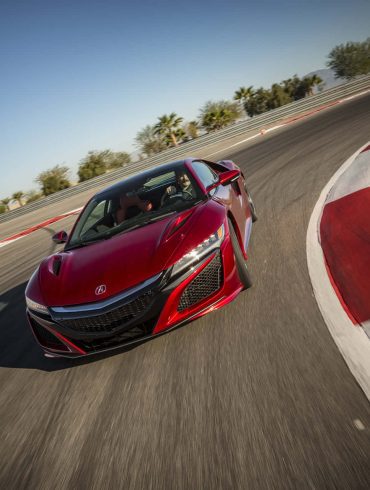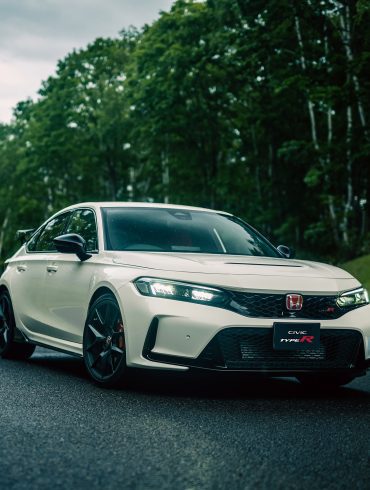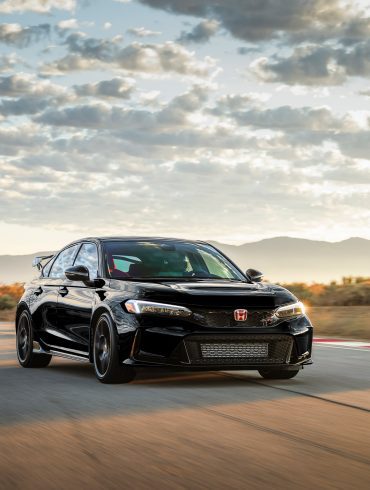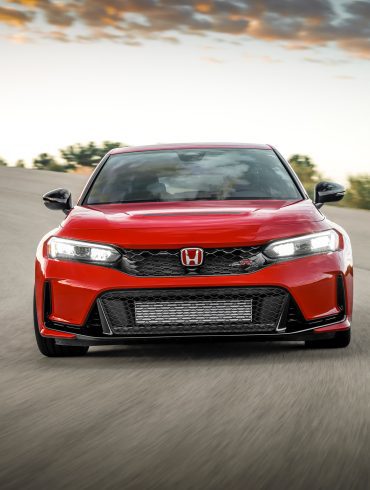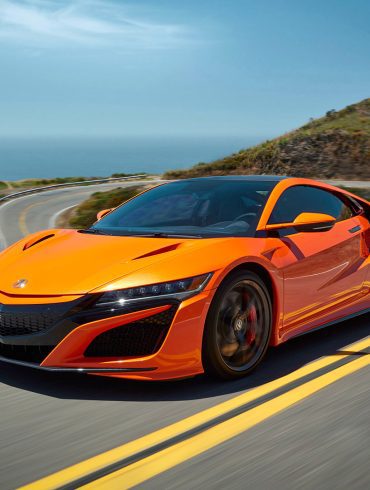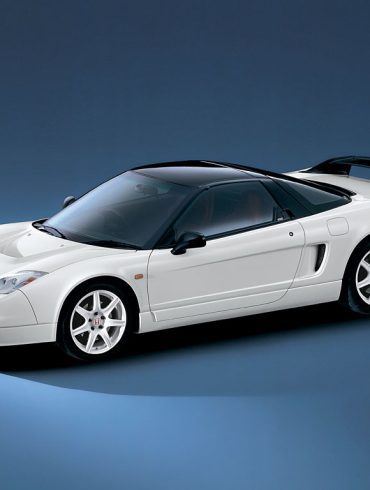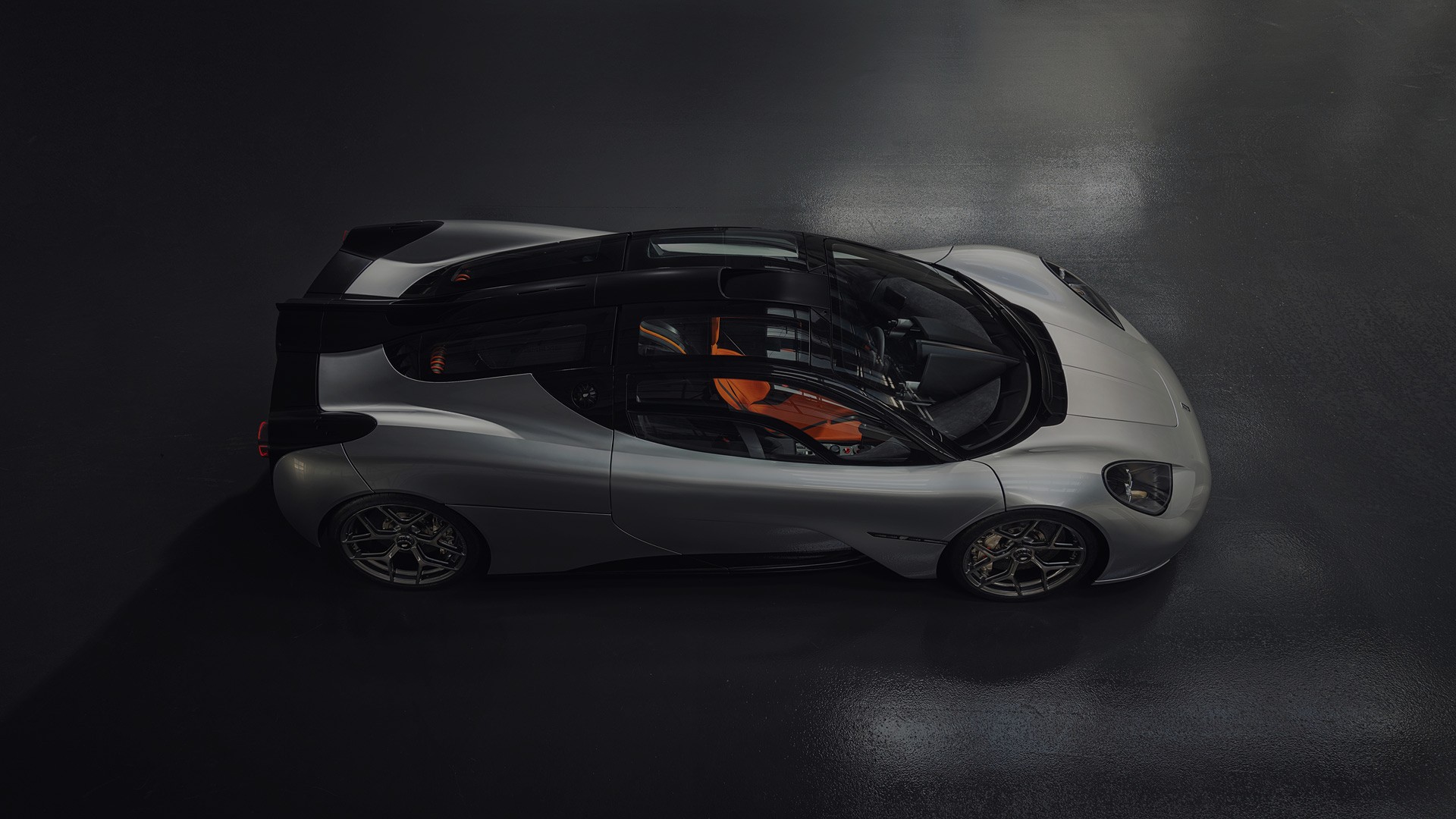Honda RA273 Car: Honda RA273 / Engine: 90º V12 / Maker: Honda / Bore X Stroke: – / Year: 1966 / Capacity: 2,993 cc / 182.6 cu in / Class: Formula 1 / Power: 400 bhp / 298 KW @ 10,000 rpm / Wheelbase: 2,390 mm Track: Front: 1460 mm Rear:...
Honda Race Cars
Honda has a long and storied history in motorsports, dating back to the 1950s. The company has competed in a wide variety of racing series, including Formula One, IndyCar, and MotoGP. Honda has achieved considerable success in all of these series, winning numerous championships and races. Lets take a look at some of the machines that Honda raced.
Every Honda Race Car
Below we have a list of Honda race cars over the years. We focused on Honda cars versus more exotic race cars like Formula One. Honda has participated in Formula One, as an entrant, constructor and engine supplier, for various periods since 1964. We decided to break out Honda powered race cars in a separate list below.
Honda RA271 (1964)
Honda RA272 (1965)
Honda RA273 (1966)
Honda RA300 (1967)
Honda RA301 (1968)
Honda RA302 (1968)
Honda R-1300 (1969)
Honda RC100 (1991)
Honda RC101 (1992)
Honda NSX GT2 (1994)
Honda NSX GT1 T (1995)
Honda Accord (1995 - 1998)
Honda RC101B (1996)
Honda Accord (1999 - 2000)
Honda RA099 (1999)
Honda NSX-GT (1997 - 2000)
Honda Civic Type R (S2000) (2002)
Honda Civic Type R (BTC-T) (2002)
Honda Accord Euro R (2004)
Honda Integra Type R (2005)
Honda RA106 (2006)
Honda RA107 (2007)
Honda Civic Type R FN2 R3 (2007)
Honda RA108 (2008)
Honda HSV GT (2010 - 2013)
Honda HPD ARX-03 (2012)
Honda Civic WTCC (S2000) (2012 - 2013)
Honda NSX GT (2014 - 2016)
Honda HPD ARX-04b (2014)
Honda Civic WTCC (2014 - 2017)
Honda Civic Type R (FK2) (2015)
Honda NSX-GT (2017 - Present)
Honda NSX GT3 (2017)
Honda Civic Type R TCR (FK8) (2018)
HPD Civic Si FE1 Race Car (2022)
Honda Powered Racing Cars
Honda has had a colorful Formula 1 history as both a constructor and an engine supplier. They started by supplying engines to the official works team from 1964 until 1968 and returned in 1983 as an engine supplier until 1992. In 1983 they supplied engines for Spirit until 1992 and even worked with Lotus, McLaren, Tyrrell and Williams during that time. Honda engines were considered the ticket to Grand Prix glory due to their power, reliability, and winning track record. Honda supplied its engines to six constructor champions, as well as five driver championships before dropping out of the sport again. From 1993 to 1998, Honda's only presence in F1 was as an engine supplier through Mugen Motorsports. Honda returned again in 2000, providing engines for BAR and Jordan Grand Prix for 2001 and 2002. In 2006, alongside running their own team, Honda began to supply the Japanese Super Aguri F1 team. Super Aguri withdrew from the sport after 4 races in the 2008 season due to financial difficulties. Honda itself exited the sport at the end of the season. The self-exile ended in 2015 when the carmaker returned as works power unit supplier to McLaren. The partnership lasted only three years but by then Toro Rosso F1 racing outfit had become interested, replacing McLaren and agreeing to use Honda engines in its F1 cars. Red Bull joined in 2019 and that partnership yielded Honda its first ever hybrid-era win at the 2019 Austrian Grand Prix. Several more wins would follow, culminating in Red Bull driver Max Verstappen winning the 2021 World Championship. It marked the end of the Honda-Redbull program and Honda has yet again ended most of its involvement in Formula One (they will continue to support Red Bull power trains till 2025), deciding to focus instead on carbon-neutral processes and technologies.
Spirit-Honda 201 (1983)
Spirit-Honda 201C (1983)
Williams-Honda FW09 (1983)
Williams-Honda FW09B (1984)
Williams-Honda FW10 (1985)
Williams-Honda FW11 (1986)
Williams-Honda FW11B (1987)
Lotus-Honda 99T (1987)
McLaren-Honda MP4/4 (1988)
Lotus-Honda 100T (1988)
McLaren-Honda MP4/5 (1989)
McLaren-Honda MP4/5B (1990)
McLaren-Honda MP4/6 (1991)
Tyrrell-Honda 020 (1991)
McLaren-Honda MP4/6B (1992)
McLaren-Honda MP4/7A (1992)
BAR-Honda 002 (2000)
Jordan-Honda EJ11 (2001)
BAR-Honda 003 (2001)
Jordan-Honda EJ12 (2002)
BAR-Honda 004 (2002)
BAR-Honda 005 (2003)
BAR-Honda 006 (2004)
BAR-Honda 007 (2005)
Super Aguri-Honda SA05 (2006)
Super Aguri-Honda SA06 (2006)
Super Aguri-Honda SA07 (2007)
Super Aguri-Honda SA08 (2008)
McLaren-Honda MP4-30 (2015)
McLaren-Honda MP4-31 (2016)
McLaren-Honda MCL32 (2017)
Toro Rosso-Honda STR13 (2018)
Red Bull-Honda RB15 (2019)
Toro Rosso-Honda STR14 (2019)
Red Bull-Honda RB16 (2020)
AlphaTauri-Honda AT01 (2020)
Spirit-Honda 201 (1983)
Spirit-Honda 201C (1983)
Williams-Honda FW09 (1983)
Williams-Honda FW09B (1984)
Williams-Honda FW10 (1985)
Williams-Honda FW11 (1986)
Williams-Honda FW11B (1987)
Lotus-Honda 99T (1987)
McLaren-Honda MP4/4 (1988)
Lotus-Honda 100T (1988)
McLaren-Honda MP4/5 (1989)
McLaren-Honda MP4/5B (1990)
McLaren-Honda MP4/6 (1991)
Tyrrell-Honda 020 (1991)
McLaren-Honda MP4/6B (1992)
McLaren-Honda MP4/7A (1992)
BAR-Honda 002 (2000)
Jordan-Honda EJ11 (2001)
BAR-Honda 003 (2001)
Jordan-Honda EJ12 (2002)
BAR-Honda 004 (2002)
BAR-Honda 005 (2003)
BAR-Honda 006 (2004)
BAR-Honda 007 (2005)
Super Aguri-Honda SA05 (2006)
Super Aguri-Honda SA06 (2006)
Super Aguri-Honda SA07 (2007)
Super Aguri-Honda SA08 (2008)
McLaren-Honda MP4-30 (2015)
McLaren-Honda MP4-31 (2016)
McLaren-Honda MCL32 (2017)
Toro Rosso-Honda STR13 (2018)
Red Bull-Honda RB15 (2019)
Toro Rosso-Honda STR14 (2019)
Red Bull-Honda RB16 (2020)
AlphaTauri-Honda AT01 (2020)
AlphaTauri-Honda AT02 (2021)
Red Bull-Honda RB16B (2021)
Best Honda Race Cars Ever Created
We Pick The Greatest Racers
Honda, a name synonymous with innovation and engineering excellence, has left an indelible mark on the world of motorsports. From Formula One triumphs to conquering endurance races, Honda's relentless pursuit of performance has produced some of the most iconic and successful race cars ever built. This article delves into the history books to showcase the best Honda race cars ever created, machines that pushed the boundaries of technology and speed, achieving legendary status on circuits across the globe. Get ready to explore the legacy of these speed demons, each a testament to Honda's unwavering commitment to pushing the limits of motorsport.
1. 1965 Honda RA272
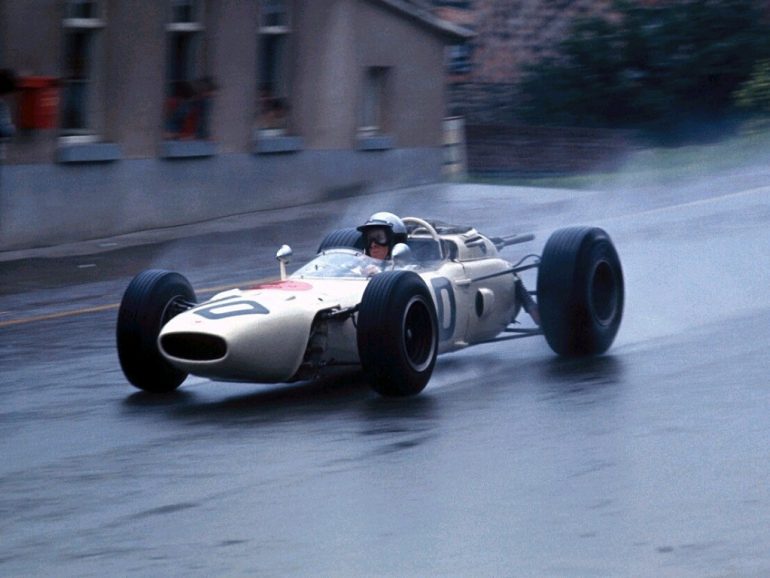
At the final race of the 1965 season, the Mexican Grand Prix, the RA272 achieved its destiny, securing Honda's first-ever Formula One win.
Why Is This The Best Honda Race Car?
The Honda RA272 stands as a landmark achievement in motorsport history, a symbol of Japanese engineering prowess and ambition. Entering Formula One in 1964, Honda was determined to make its mark on the international stage. The RA272, their second F1 car, embodied this ambition. Its striking ivory white bodywork, adorned with a rising sun, housed a revolutionary 1.5-liter V12 engine. This powerplant, a masterpiece of engineering, was unique in its transverse mounting and produced an astounding 230 horsepower at a screaming 13,000 RPM.
The RA272's design was as innovative as its engine. Lightweight and compact, it featured a sleek, aerodynamic body and advanced suspension. This combination of power and agility made it a formidable contender, but its early outings were plagued by reliability issues. Driven by American drivers Richie Ginther and Ronnie Bucknum, the car showed flashes of brilliance but often failed to finish races. However, Honda's persistence paid off.
At the final race of the 1965 season, the Mexican Grand Prix, the RA272 achieved its destiny. Ginther, a skilled and experienced driver, piloted the car to a dominant victory, leading every lap and securing Honda's first-ever Formula One win.
This triumph marked a historic moment, not only for Honda but for Japanese motorsport. The RA272 proved that Japan could compete and win at the highest level of international racing, paving the way for future generations of Japanese drivers and manufacturers. This iconic machine remains a testament to Honda's unwavering pursuit of excellence and its enduring legacy in the world of motorsports.
2. 1967 Honda RA300
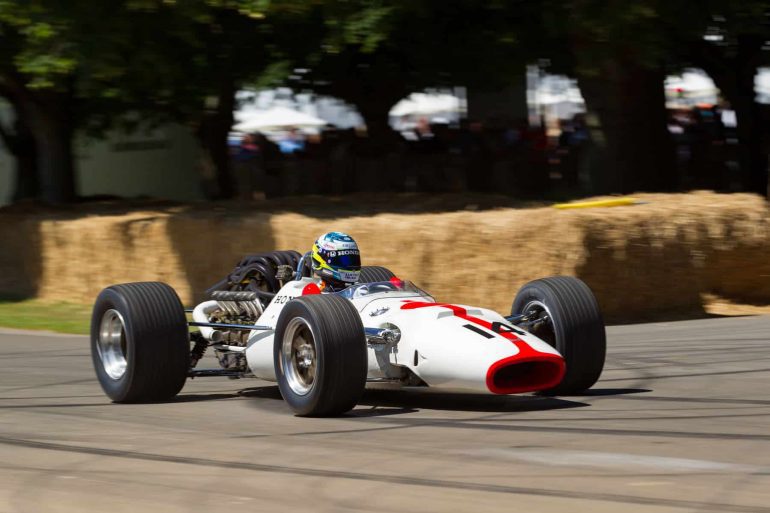
A flash of brilliance, this was the great "one-lap wonder" of Formula 1
Why Is This The Best Honda Race Car?
The Honda RA300 holds a unique place in Formula One history as a fleeting marvel. Introduced late in the 1967 season, it was a product of collaboration, born out of frustration with the performance of Honda's in-house chassis. Driver John Surtees, a champion in both motorcycle and car racing, pushed for a partnership with Lola Cars, renowned for their agile and lightweight designs. The result was a hybrid, nicknamed the "Hondola," featuring a powerful Honda V12 engine nestled within a modified Lola T90 chassis, originally designed for the Indianapolis 500.
This unlikely marriage of Japanese power and British handling proved an instant success. In its debut race, the Italian Grand Prix at Monza, Surtees wrestled the RA300 to victory, capitalizing on late-race misfortunes for Jim Clark and Jack Brabham. This triumph marked the car's only win and, remarkably, the only lap it ever led in a Formula One race. Despite its brief moment of glory, the RA300 remained a competitive force for the remainder of the season, securing a fourth-place finish in Mexico.
The RA300's legacy is one of a brilliant flash of brilliance, a testament to the potential unlocked by combining expertise from different worlds. It served as a crucial stepping stone for Honda's Formula One program, paving the way for future developments and solidifying their commitment to innovation and pushing the boundaries of motorsport engineering. Though ultimately a short-lived design, the "Hondola" remains a captivating symbol of ingenuity and a reminder that sometimes, the most unexpected combinations can yield extraordinary results.
3. 1995 Honda NSX GT2
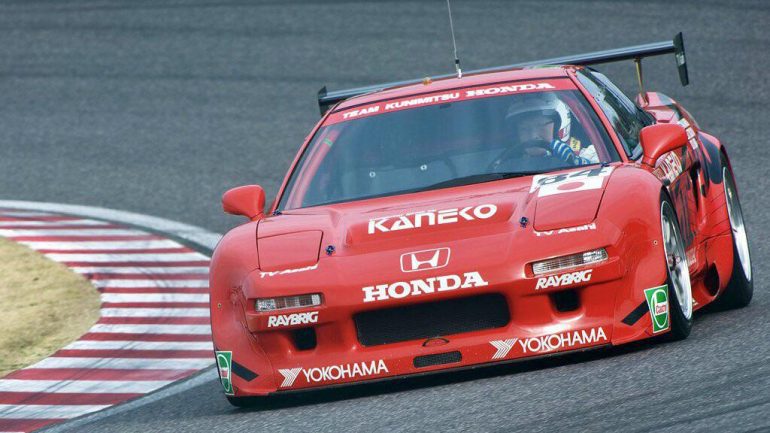
Its Le Mans victory cemented its legendary status, proving that the NSX was not just a supercar, but a true endurance racing champion.
Why Is This The Best Honda Race Car?
The 1995 Honda NSX GT2 was a beast unleashed upon the GT racing scene, a testament to Honda's ability to transform a road-going icon into a track weapon. Built to compete in the FIA GT Championship, this car was a homologation special, meaning it was a race car built for the track but derived from a production model. Compared to its street-legal counterpart, the NSX GT2 was stripped down, lightened, and fortified for endurance racing. Its aluminum bodywork was honed for aerodynamic efficiency, while its 3.0-liter V6 engine was tuned to produce a screaming 400 horsepower, a significant boost over the standard NSX.
What made the NSX GT2 truly special was its balance. Honda's engineers meticulously crafted the car to be nimble and responsive, with exceptional handling characteristics that allowed drivers to extract the maximum from its performance. This agility, combined with its potent engine and robust reliability, made it a formidable competitor against established rivals like Porsche and Ferrari. Its most iconic moment came at the 1995 24 Hours of Le Mans, where a privately entered NSX GT2, driven by a Japanese trio including Keiichi Tsuchiya, defied expectations. Despite starting last and six laps down due to a technical issue, the team mounted a furious comeback, ultimately winning the GT2 class and finishing an impressive 8th overall.
4. 2005 Honda Integra Type R
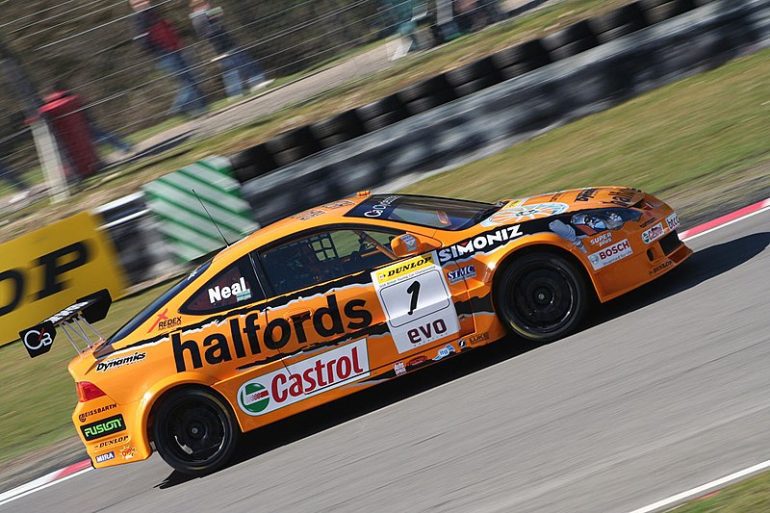
By fitting the internals of the Honda Civic Type R that had been competing in the BTCC since 2002, Team Dynamics created a weapon.
Why Is This The Best Honda Race Car?
In 2005, Team Dynamics took advantage of a loophole in the British Touring Car Championship regulations that allowed cars to enter, whether they were on sale in the United Kingdom or not. They converted a pair of Honda Integra Japanese imports into BTC Touring spec racing cars, using the internals from the moderately successful Honda Civic Type R that had been competing in the BTCC since 2002.
The car was an instant hit, winning its debut race at Donington Park despite only having a limited amount of testing. Matt Neal scored points in every single race to take his first BTCC title - the first for a privateer driver in the modern era. He repeated the feat in 2006 and by that point, five cars had been built, all of them race winners in the hands of the Dynamics drivers, before being passed into the hands of various independent teams.
The cars remained in the championship until 2011, in the hands of Lea Wood, even finishing 7th at Oulton Park in that final season - an impressive result for a car that had been built 6 years previously. Indeed, it was the last of the BTC-Touring spec cars to be used in the BTCC; and was only finally retired as cars built to these regulations could no longer compete in 2012.


